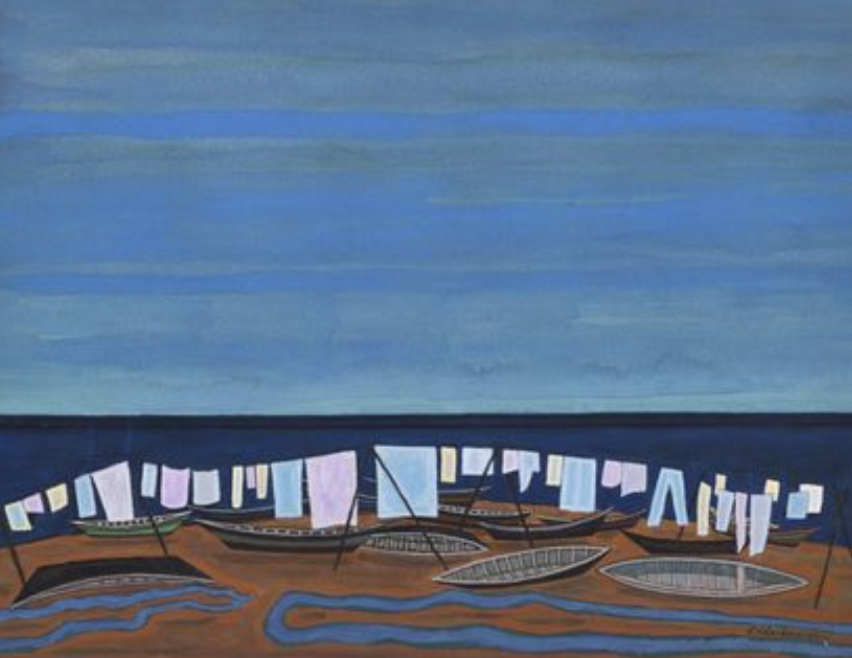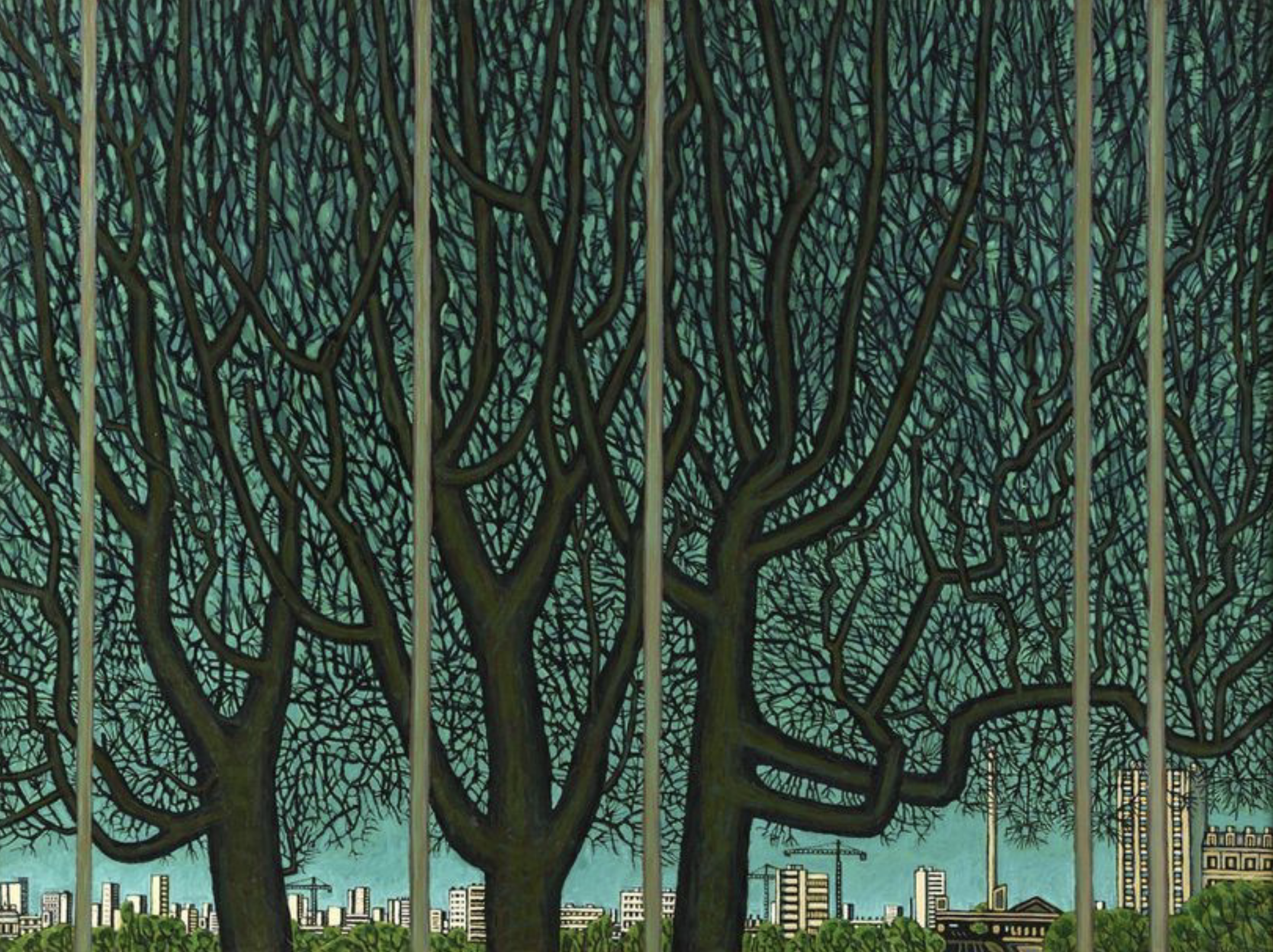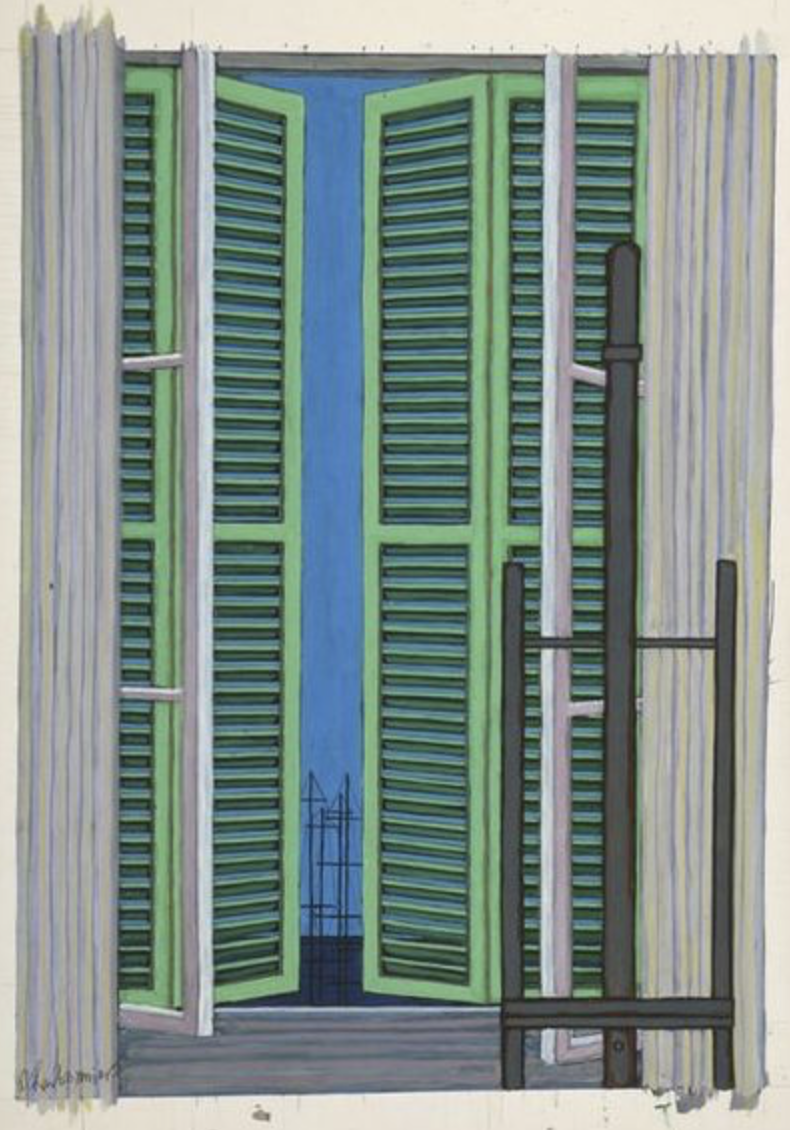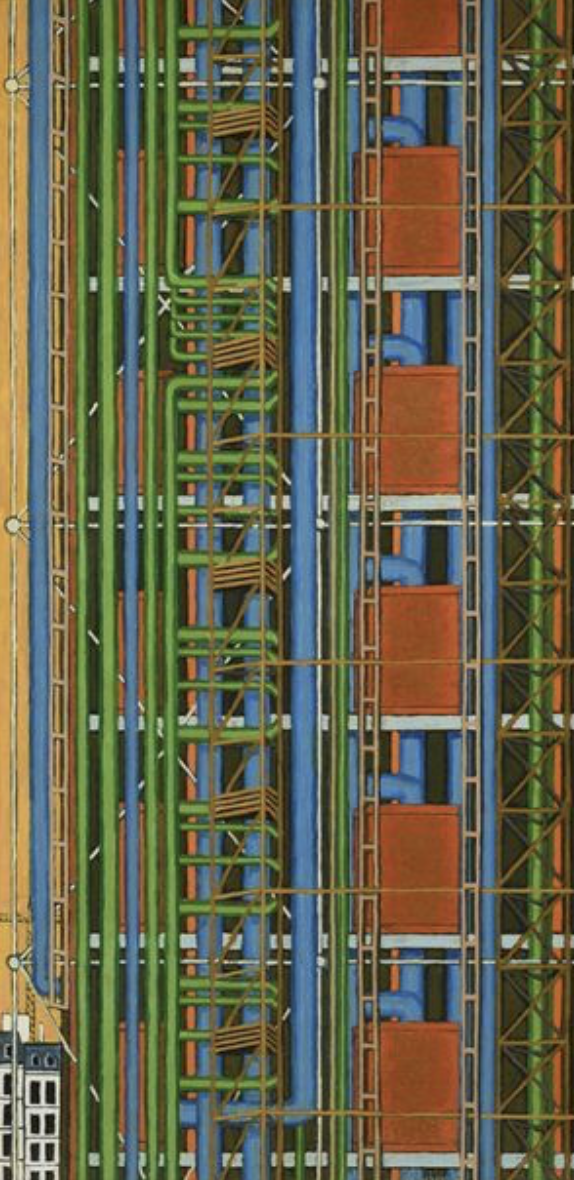Pierre CHARBONNIER (1897-1978)
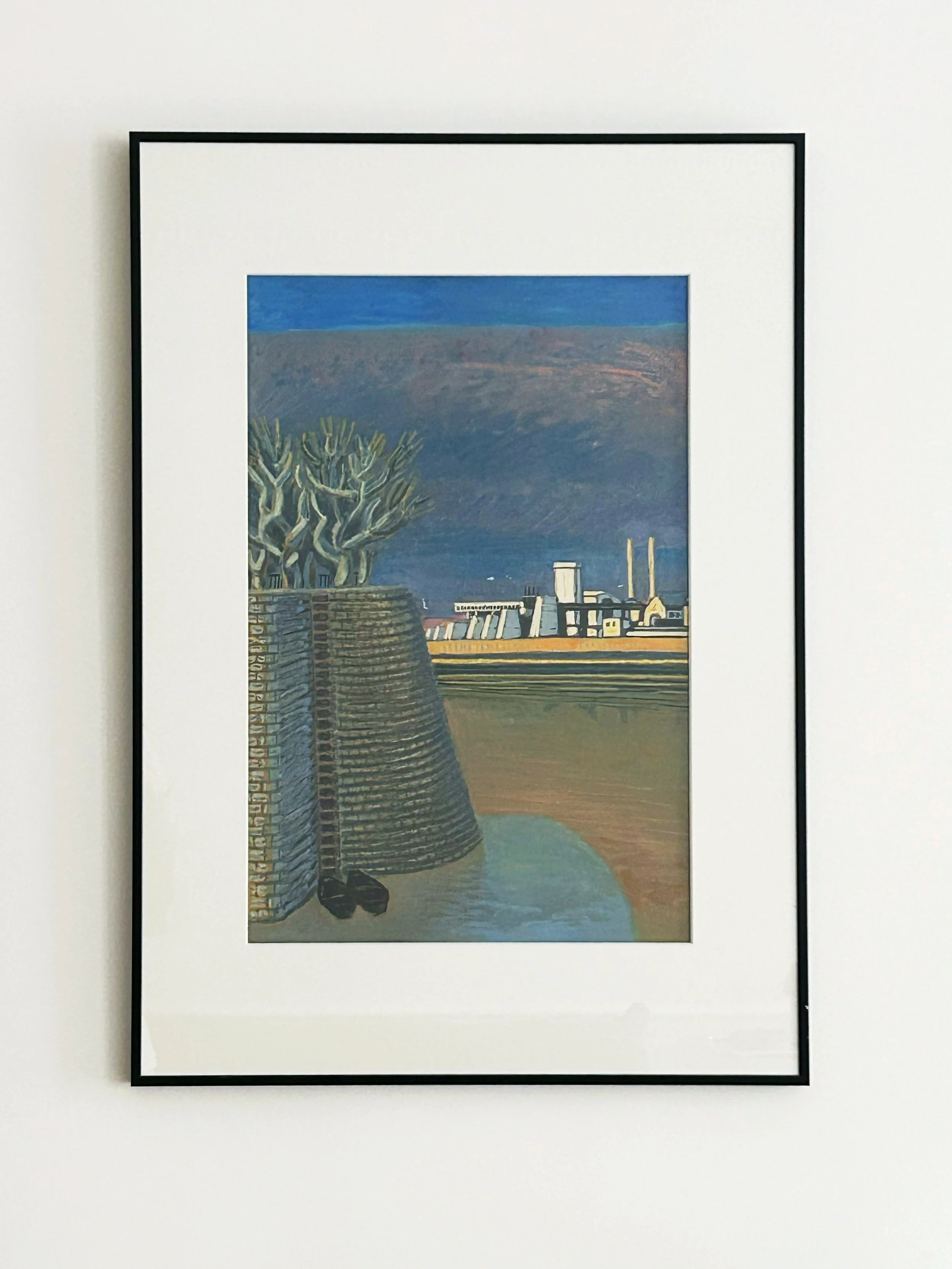
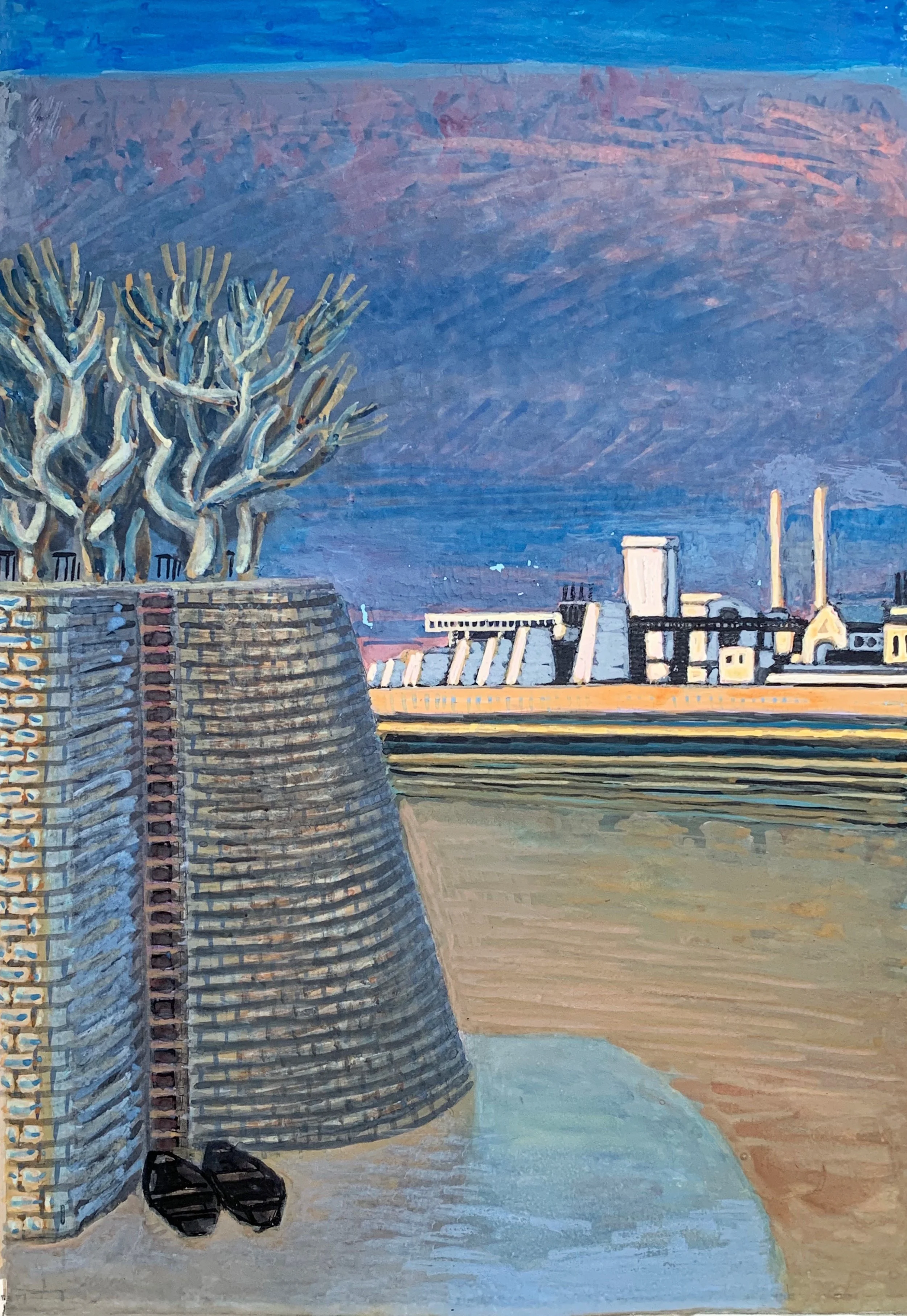
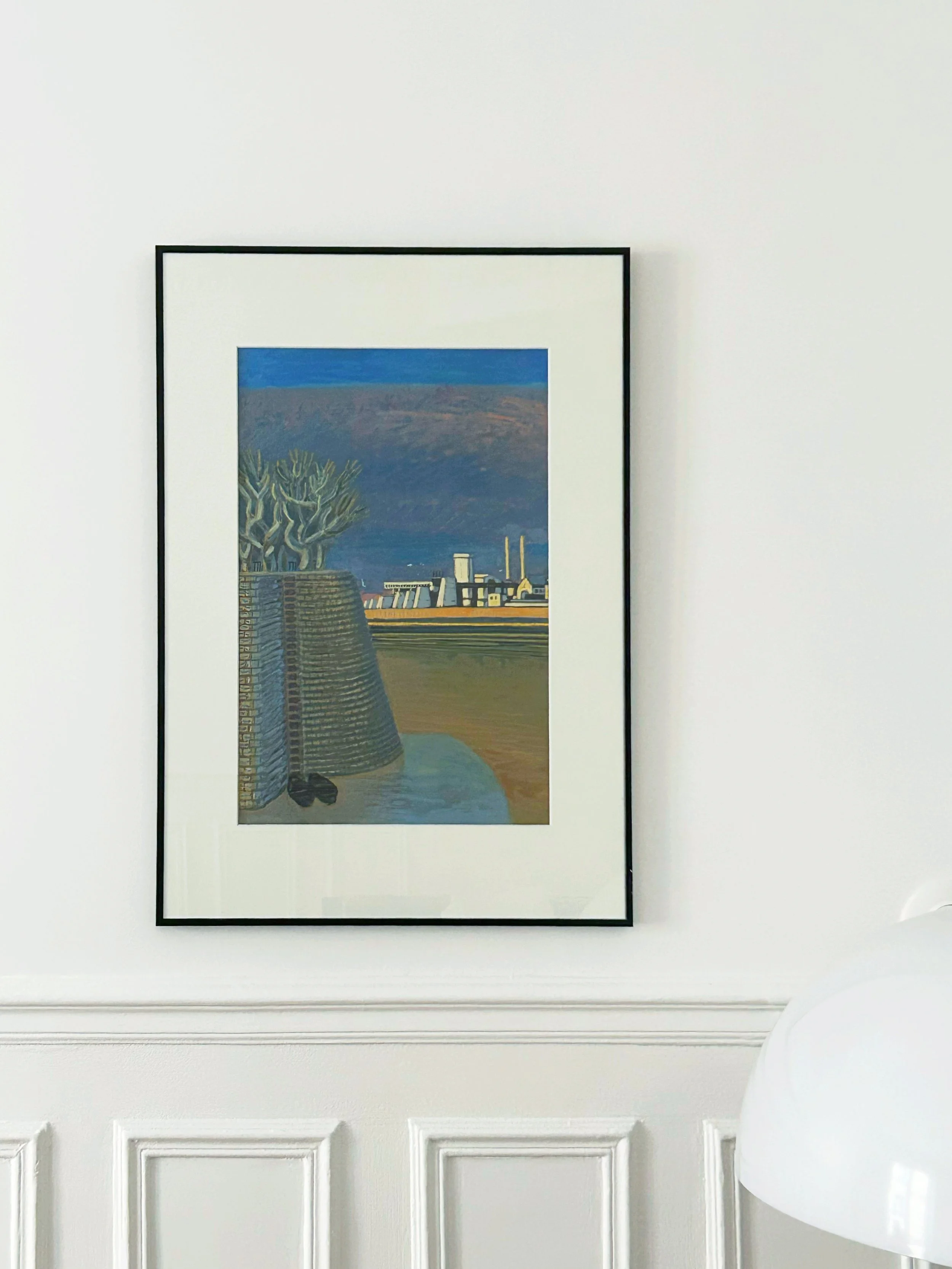
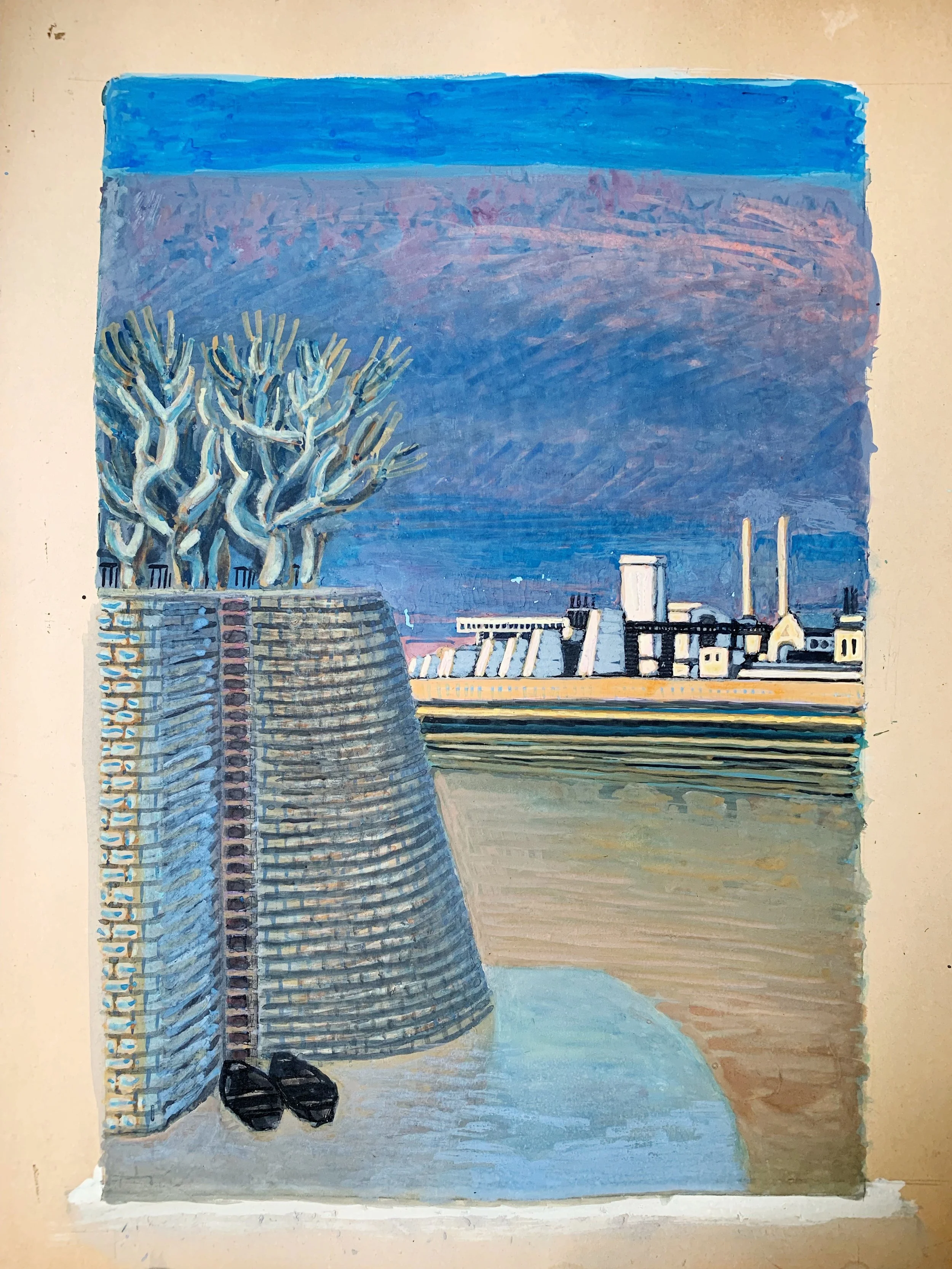
Pierre CHARBONNIER (1897-1978)
L’Usine près du fleuve
Gouache sur carton
65 x 50 cm
-
The Factory near the River
Gouache on cardboard
25,5 x 19,6 inch
Né en 1897 à Vienne (Isère), Pierre Charbonnier se prédestine très tôt à une carrière artistique. Il suit une première formation à l’École des beaux-arts de Lyon dès 1915 avant de s’installer à Paris où il intègre l’Académie Ranson. Il présente ses premières toiles au Salon des Indépendants, au Salon des Tuileries et au Salon d'Automne au début des années 1920. Il expose en outre dans des galeries en France (galerie Henriette Gomès, galerie Albert Loeb) et à l’étranger (Italie, Japon, Brésil, Luxembourg).
Actif dans le milieu du cinéma, il s’illustre par ailleurs en tant que décorateur, notamment pour le cinéaste Robert Bresson de 1934 à 1970, mais aussi en tant que réalisateur.
Le thème de l’eau est très présent dans l'œuvre de Pierre Charbonnier qui grandit au bord du Rhône (ill.1). L’artiste situe souvent ses paysages et autres vues urbaines sans quoi il ne serait pas aisé d’identifier les lieux en question (Drôme, Sète, Lyon, Barcelone etc.)(ill.2). Vivant entre Paris et la Drôme, Pierre Charbonnier peint de nombreuses vues urbaines épurées dans un souci permanent du cadrage qui témoigne d’un œil sensible aux prises de vues photographiques et cinématographiques. Celles-ci laissent parfois apparaître le cadre d’une fenêtre (ill.3) ouvrant sur une grande perspective. Ses compositions sont souvent très géométriques et mettent en scène des éléments urbains dans une ambiance statique. Elles sont rythmées par de grandes lignes, tantôt horizontales, tantôt verticales, créant de grands vides. Au lendemain de la Seconde Guerre mondiale, ses peintures illustrent de façon faussement naïve l’envahissement de l’espace urbain par des constructions en béton sur lesquelles il pose un regard angélique.
Comme en témoigne la gouache que nous proposons, l’artiste représente la ville moderne en pleine transformation, la ville des usines et des bâtiments intégrant des infrastructures métalliques et autres cheminées longilignes et matériaux techniques tel que le Centre Pompidou inauguré en 1977 (ill.4). La plupart du temps inanimés, les paysages de Pierre Charbonnier faits de couleurs pures et intenses expriment la poésie du monde moderne d’après-guerre. Ce raffinement se retrouve par ailleurs dans le vif intérêt de l’artiste pour la poésie qu’il partage avec ses amis que sont Max Jacob, Tristan Tzara, René Char, Jacques Prévert ou encore Blaise Cendrars.
ill.1 Pierre Charbonnier, Linge et barques, aquarelle, coll. part. / ill.2 Pierre Charbonnier, Paris, les Buttes-Chaumont, 1967, huile sur toile, coll. part.
ill.3 Pierre Charbonnier, Les Volets verts, Aquarelle, coll. part./ ill.4 Pierre Charbonnier, Centre Pompidou, 1977, huile sur toile, coll. part.
Born in 1897 in Vienne (Isère), Pierre Charbonnier was predestined for an artistic career from an early age. He received his first training at the School of Fine Arts in Lyon in 1915 before moving to Paris where he joined the Académie Ranson. He presented his first paintings at the Salon des Indépendants, the Salon des Tuileries and the Salon d'Automne in the early 1920s. He also exhibited in galleries in France (Henriette Gomès Gallery, Albert Loeb Gallery) and abroad (Italy, Japan, Brazil, Luxembourg). Active in the film industry, he also distinguished himself as a decorator, notably for the filmmaker Robert Bresson from 1934 to 1970, but also as a director.
The theme of water is very present in the work of Pierre Charbonnier, who grew up on the banks of the Rhône (ill.1). The artist often situates his landscapes and other urban views, without which it would be difficult to identify the places in question (Drôme, Sète, Lyon, Barcelona etc.)(ill.2). Living between Paris and the Drôme region, Pierre Charbonnier paints many uncluttered urban views with a constant concern for framing, reflecting a sensitive eye for photographic and cinematographic shots. These sometimes reveal the frame of a window (ill.3) opening onto a large perspective. His compositions are often highly geometric, featuring urban elements in a static atmosphere. They are punctuated by large lines, sometimes horizontal, sometimes vertical, creating large voids. In the aftermath of the Second World War, his paintings illustrate in a falsely naïve way the invasion of urban space by concrete constructions, over which he casts an angelic gaze.
As the gouache on this site shows, the artist depicts the modern city in the throes of transformation, a city of factories and buildings incorporating metal infrastructures, long chimneys and technical materials, such as the Centre Pompidou inaugurated in 1977 (ill.4). Mostly inanimate, Pierre Charbonnier's landscapes of pure, intense color express the poetry of the modern post-war world. This refinement is also reflected in the artist's keen interest in poetry, which he shares with friends such as Max Jacob, Tristan Tzara, René Char, Jacques Prévert and Blaise Cendrars.

